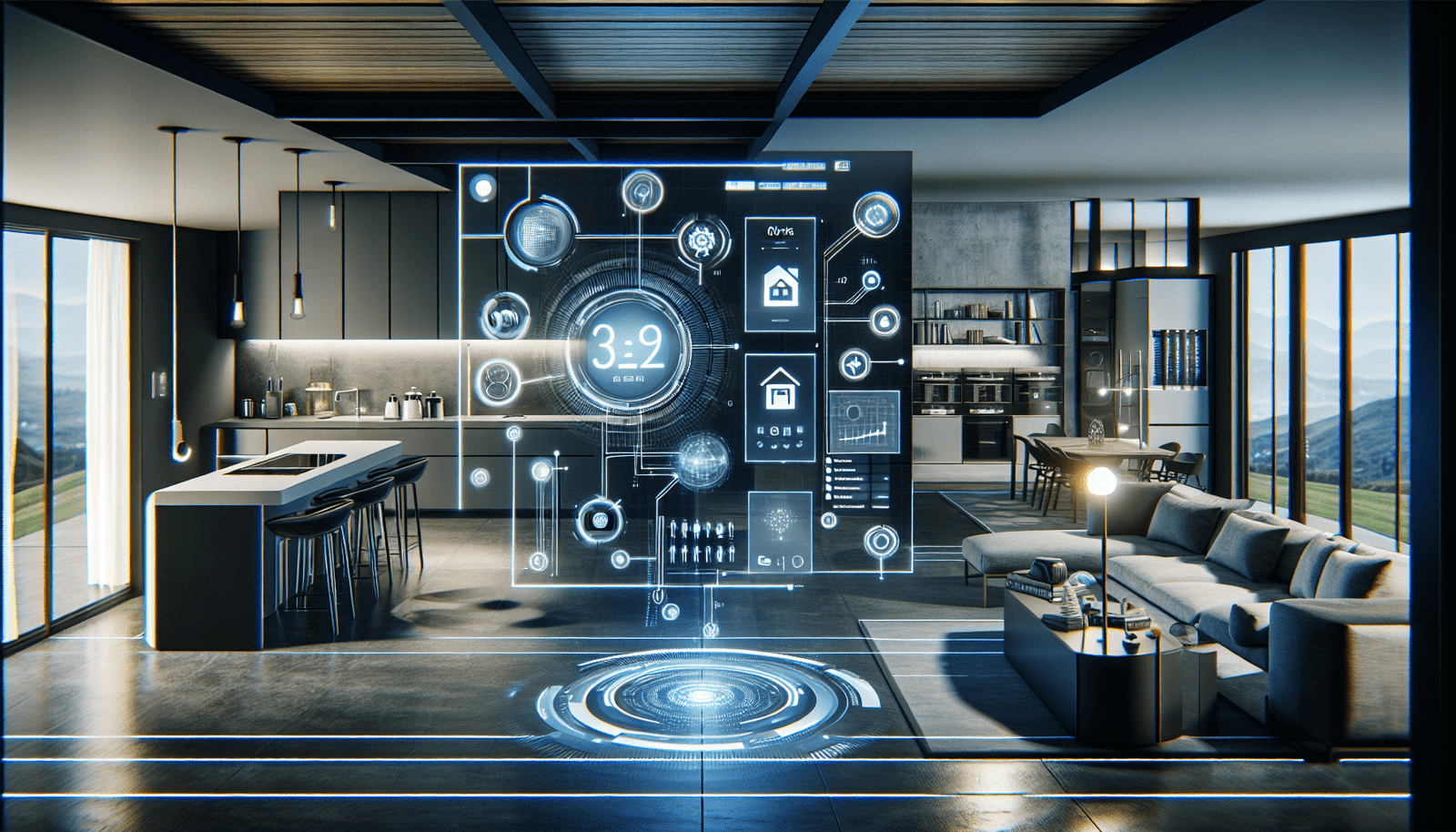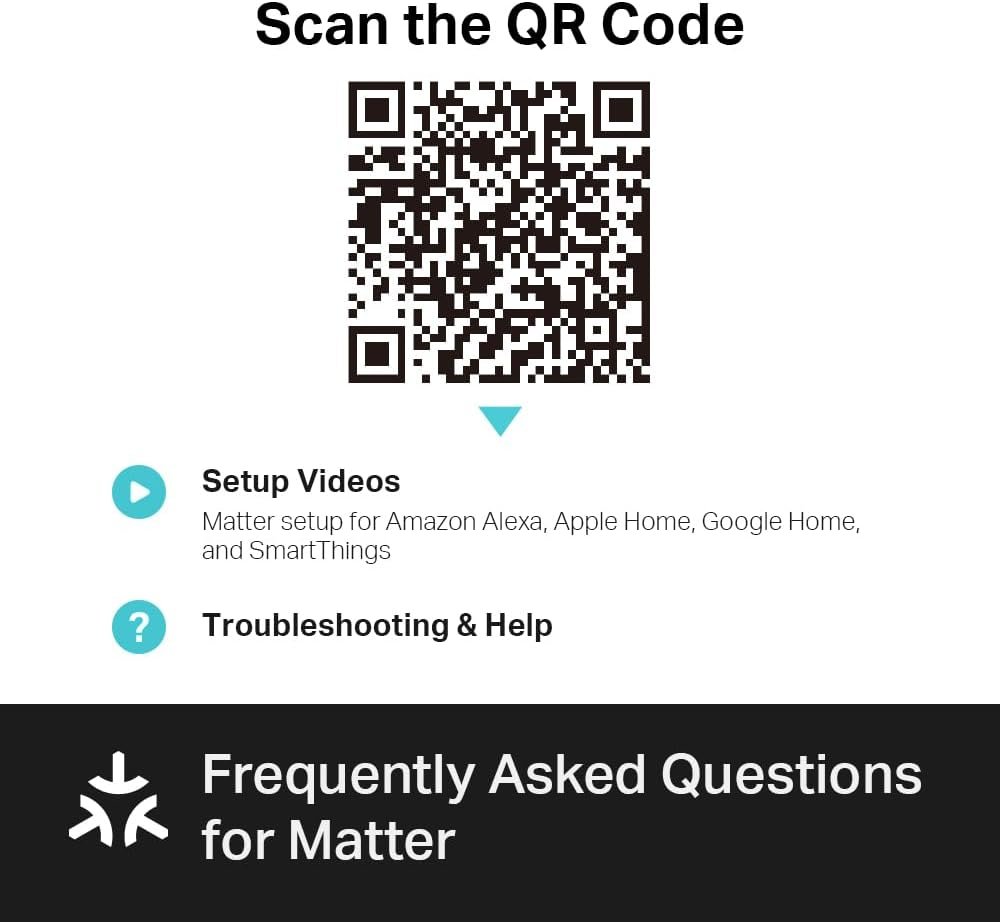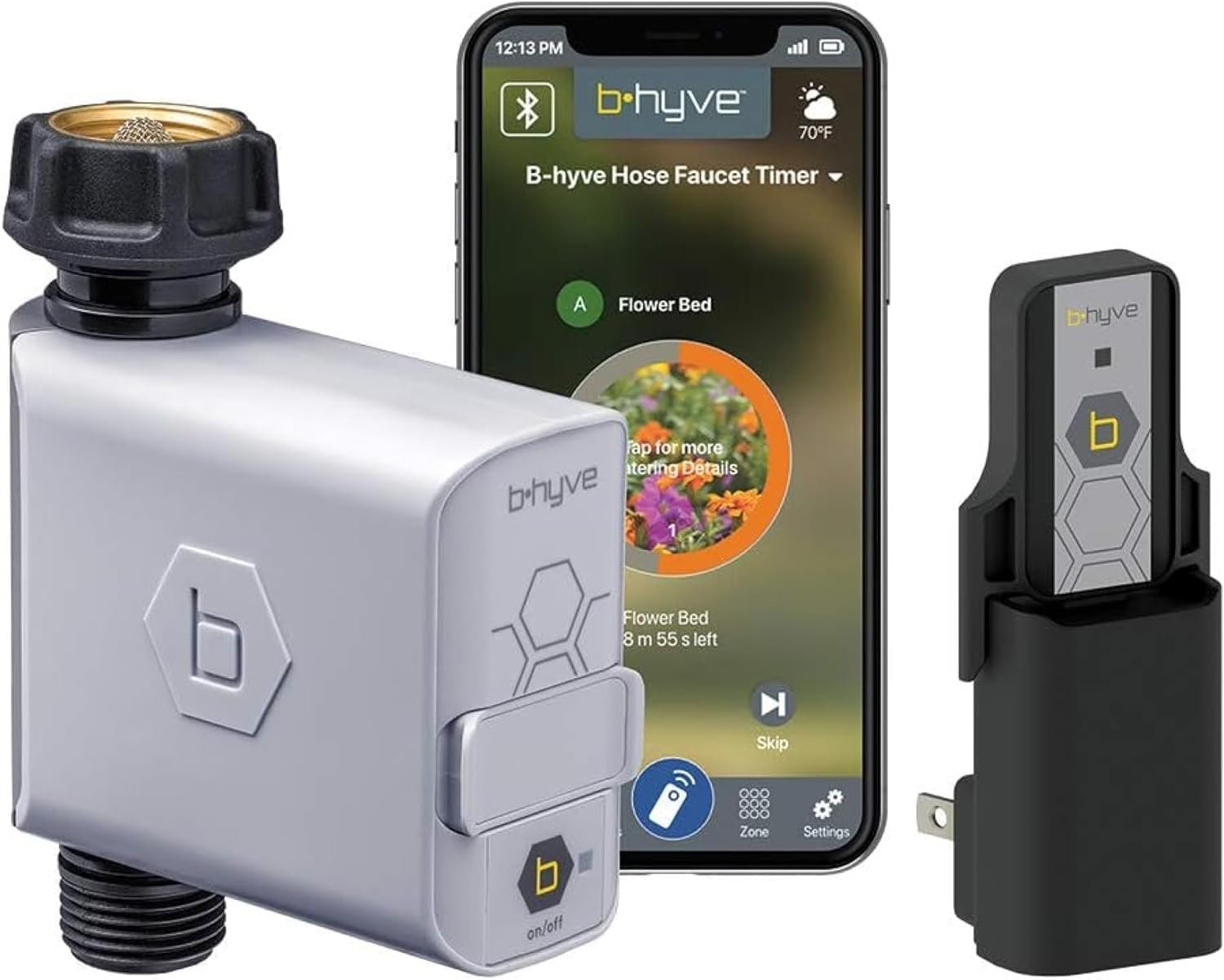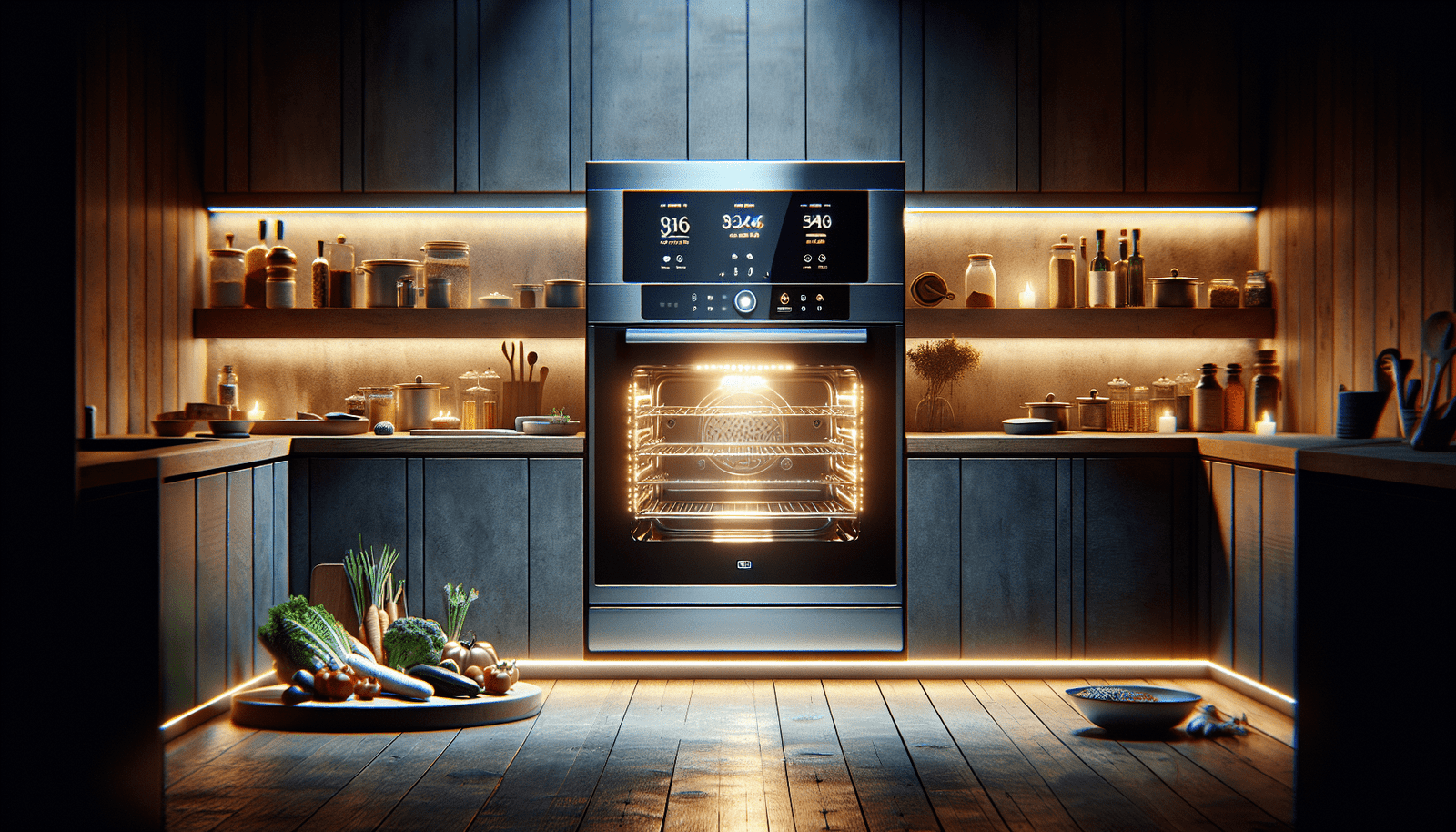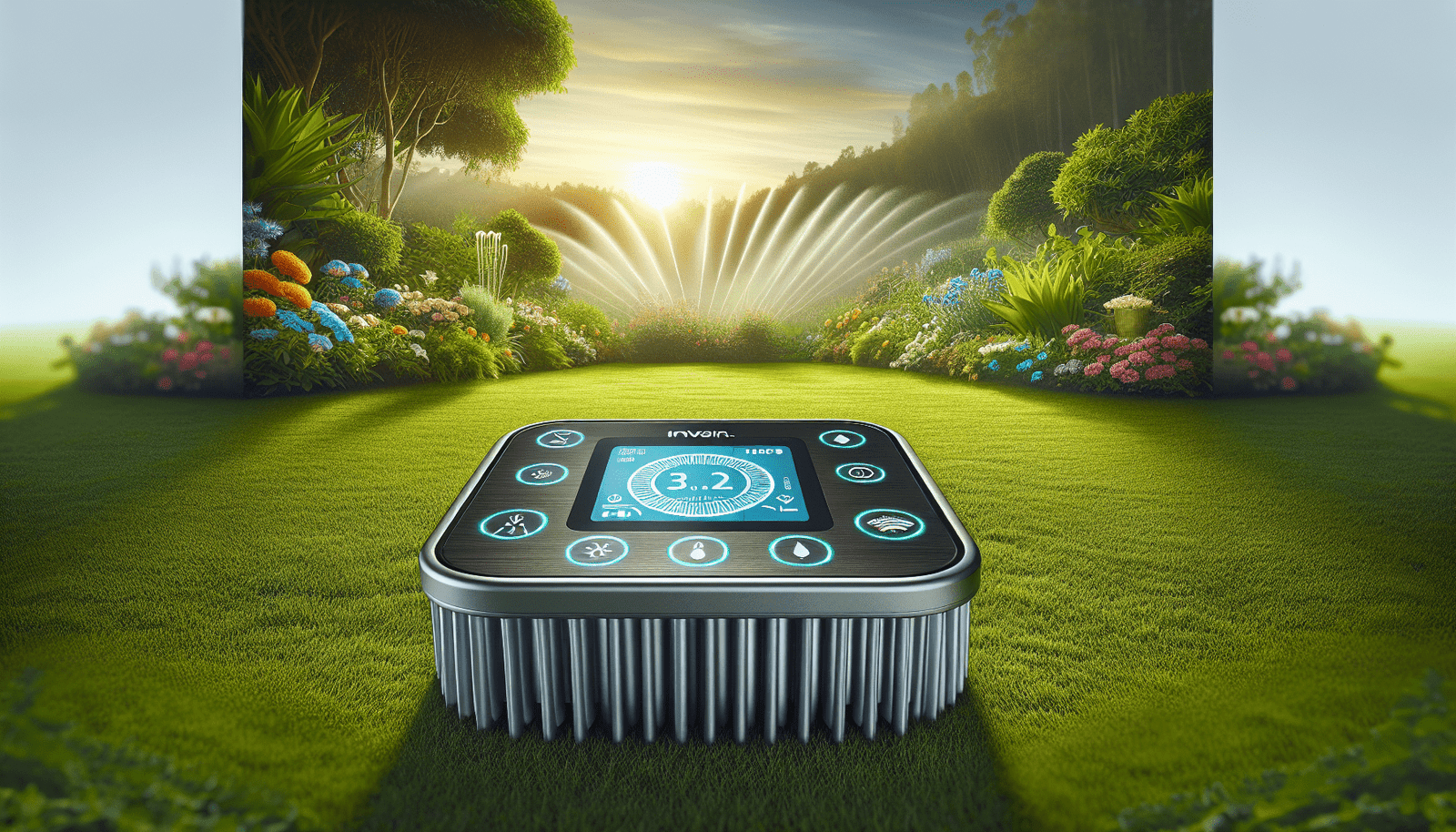Have you ever wondered whether transforming your living space into a smart home is more of an indulgence or if it truly meets essential needs? As modern technology increasingly becomes part of our daily routine, the concept of a smart home has shifted from an intriguing novelty to a functional part of life for many people. Whether you’re a homeowner thinking of embracing technology, a renter seeking adaptable solutions, or a tech enthusiast, understanding the value and practicality of smart homes can offer a new perspective on enhancing your living space. Let’s delve into the intriguing world of smart home technology and assess whether it’s a luxury or, indeed, an indispensable part of contemporary living.
Definition and Overview of Smart Home Technology
What Makes a Home “Smart”?
A smart home leverages advanced automation systems to provide occupants with tangible benefits that range from increased convenience and comfort to optimized energy efficiency and enhanced security. At its core, a smart home integrates devices connected via the internet, allowing you to manage appliances, lighting, heating, and security systems remotely, often through a smartphone app or voice assistant.
The Core Components of a Smart Home
Typical smart homes include a range of devices such as smart speakers, thermostats, lights, locks, and cameras. These devices often sync with home networks, hubs, and platforms like Amazon Alexa, Google Assistant, and Apple HomeKit. Each of these components serves to make daily tasks more efficient and less time-consuming, illustrating the harmonious blend of technology in a living environment.
Cost and Value Considerations
Are Smart Homes Cost-Prohibitive?
One of the most frequent questions concerning smart homes revolves around cost. While there’s an upfront investment in purchasing smart devices, varying in price from affordable smart plugs to more expensive full-home automation systems, these initial costs can often be balanced by long-term savings. Smart thermostats and lighting, for example, which adjust themselves based on your habits and preferences, can significantly reduce your utility bills over time.
Long-term Savings and Return on Investment
Investing in smart technology can offer financial advantages through increased energy efficiency. Smart thermostats can save up to 10-15% annually on your heating and cooling bills, while LED smart bulbs last longer and use less electricity than traditional incandescent bulbs. Over the long term, these small savings accumulate to offset the initial costs, making smart homes financially prudent as well as energy-conscious.
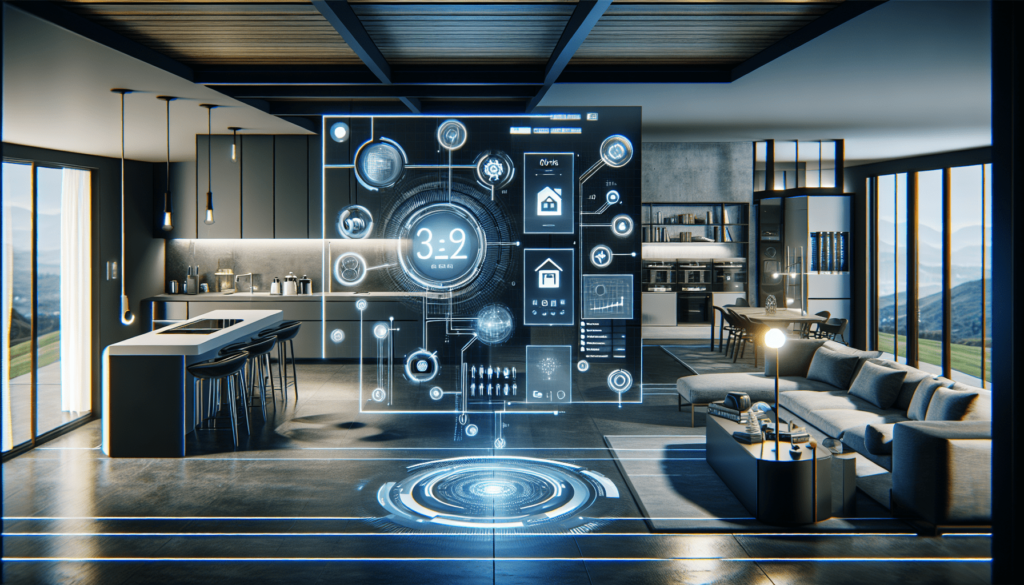
Comparisons and Examples
Real-World Use Cases: Bringing Smart Home Tech to Life
Imagine waking up on a cold morning. Instead of shuffling to the thermostat, your smart home has pre-adjusted the temperature for your comfort. You start your coffee maker from the warmth of your bed using your smartphone. As you head to work, your smart lock secures your doors, while a smart camera keeps an eye on the porch, alerting you to any visitors.
Different Smart Home Solutions Compared
To determine the best smart home solution, consider smart thermostats like the Nest Learning Thermostat versus budget options such as the Ecobee3 Lite. Each offers distinct features and compatibility options. Similarly, Google Nest Hub and Amazon Echo Show provide different experiences as smart displays. Tailoring the devices to your needs and lifestyle is essential for optimizing your smart home experience.
Practical Setup Guides
How to Begin Transforming Your Home
Starting your smart home journey doesn’t have to be overwhelming. Begin with a smart assistant, such as Amazon Echo or Google Nest, which serves as the control center for other devices. Gradually add devices that cater to your needs, like smart lighting for ambiance or a smart thermostat for climate control.
Step-by-Step Setup of Common Smart Devices
-
Smart Speaker or Assistant: Unpack your device, plug it in, and follow the manufacturer’s app instructions to connect it to your Wi-Fi network.
-
Smart Thermostat: Before installation, turn off your HVAC system. Remove the old thermostat panel, label wires, and connect them to the new smart thermostat. Secure it to the wall and follow app instructions for setup.
-
Smart Lights: Screw in smart bulbs and connect to your Wi-Fi network via the brand app or a compatible hub.
By gradually integrating these devices, your home will transition into a smart ecosystem without the initial intimidation of a complex overhaul.
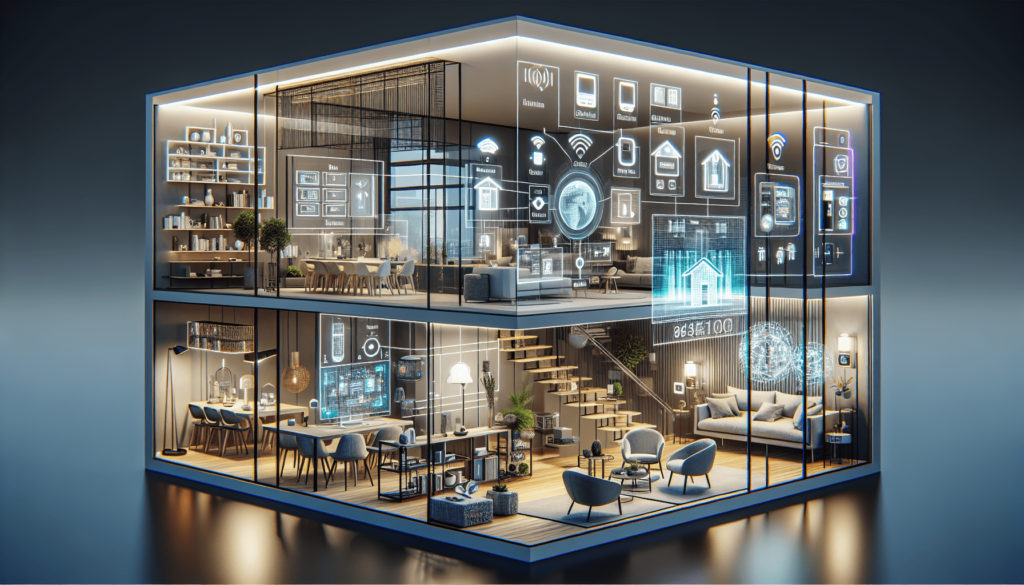
Security and Privacy Factors
Addressing Concerns about Smart Home Security
Security concerns are valid when contemplating a smart home setup. The interconnected nature of these devices poses potential risks; however, manufacturers often incorporate robust security measures to protect user data. It is crucial to change default passwords, enable two-factor authentication, and keep firmware updated to minimize vulnerabilities.
Best Practices for Maintaining Privacy
To ensure your smart home remains private, disable features like voice recordings unless necessary, verify device permissions, and regularly review privacy settings. Understanding what data your devices collect and how it is used further empowers you to maintain your privacy.
Energy Efficiency and Sustainability
Reducing Energy Consumption with Smart Devices
Smart homes excel in monitoring and optimizing energy use. Devices like smart plugs and energy-efficient appliances communicate usage data, enabling you to make informed decisions about reducing energy consumption. By programming your thermostat and lights to adapt to occupancy and weather, energy waste is minimized significantly.
The Sustainable Impact of a Smart Home
Adopting smart home technology not only benefits the individual consumer through cost savings but also contributes to broader environmental sustainability. Decreasing energy usage and extending device longevity through smart technology aligns with global efforts to combat energy resource depletion.
Compatibility and Connectivity
How Smart Devices Interact Seamlessly
Smart home devices operate optimally when they’re able to communicate with each other efficiently. Compatibility with various platforms, hubs, or voice assistants allows for cohesive operation. Multi-platform devices can connect with different ecosystems, providing flexibility and integration simplicity.
The Role of Hubs and Platforms
Hubs serve as intermediaries connecting your individual devices, streamlining control under one umbrella. For instance, SmartThings and Apple HomeKit allow diverse devices to work cohesively. Assessing a hub’s compatibility with existing or planned devices is crucial for seamless smart home management.
Future-Proofing and Innovation
Embracing Emerging Smart Home Trends
Smart home technology continues to evolve, introducing dynamic innovations that enhance convenience and functionality. Machine learning and Artificial Intelligence (AI) are paving the way for systems that predict your needs and preferences, improving personalized living.
Preparing Your Home for Future Tech
Select devices with over-the-air update capabilities and ensure they support multiple ecosystems. Such forward-thinking investments keep your smart home updated with minimal effort, prolonging its relevance as technology advances.
Conclusion: Is a Smart Home for You?
So, is a smart home a luxury or a necessity? The answer largely depends on individual circumstances and lifestyle preferences. For tech enthusiasts and those prioritizing energy efficiency, convenience, or security, a smart home can cater to these needs significantly. If you’re on the fence, engaging with smart technology incrementally allows you to reap its benefits without committing to a full technological overhaul.
As smart home technology continues developing, its accessibility and affordability are likely to increase, potentially transforming it from a perceived luxury into a universally recognized necessity. Now, equipped with a deeper understanding, you can confidently decide if and when to embrace the smart home revolution for your living space.
